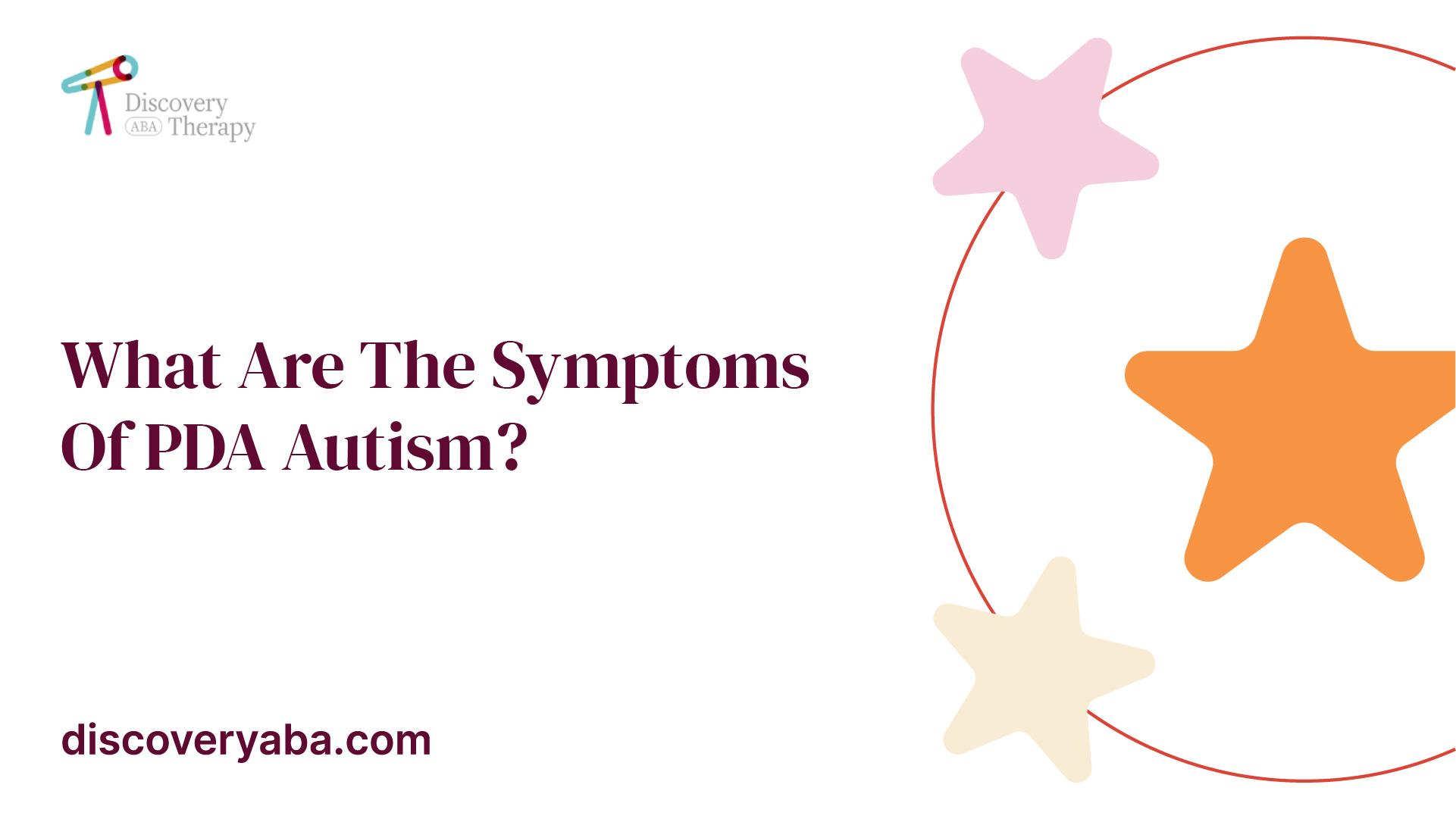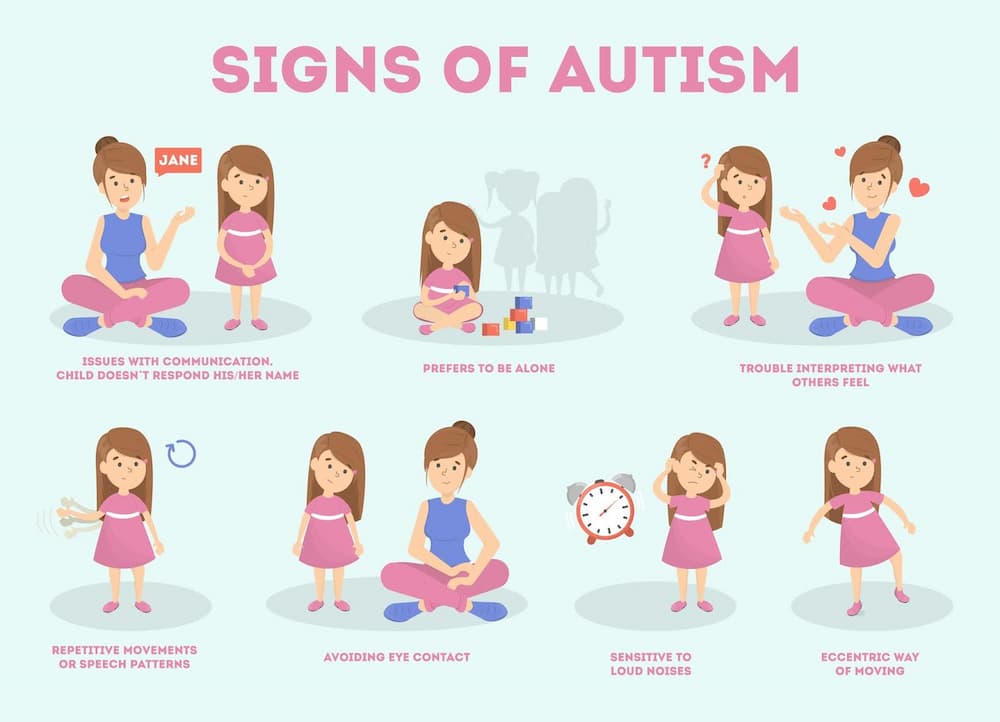Daily life hacks that Autism Spectrum Therapies swear by
Daily life hacks that Autism Spectrum Therapies swear by
Blog Article
Understanding the Influence of Behavioral Autism on Day-to-day Live and Social Interactions
You could not recognize how deeply behavioral autism influences life and social interactions. People on the spectrum commonly browse a globe filled up with interaction hurdles and sensory overload. These difficulties can bring about stress and isolation, impacting their relationships and total wellness. Recognizing these subtleties is important for fostering encouraging settings. What techniques can we apply to create even more significant connections and inclusive spaces? The answers might shock you.
Specifying Behavior Autism and Its Attributes
Behavior autism, frequently referred to as autism range problem (ASD), includes a series of conditions characterized by challenges in social interaction, interaction, and repetitive actions. You could discover that people with ASD typically battle to analyze social signs, which can result in misunderstandings in conversations. They may find it tough to establish eye call or participate in tiny talk, making social situations really feel frustrating.
Interaction troubles can materialize in numerous means, from postponed speech growth to a preference for using less words. By recognizing these qualities, you can foster an environment that promotes acceptance and urges reliable interaction, aiding individuals with autism grow in their day-to-day interactions.
The Spectrum of Autism: Recognizing Variability in Habits
Autism range disorder (ASD) isn't a one-size-fits-all medical diagnosis; it differs commonly amongst people. You might come across people who are extremely spoken and involve easily in conversations, while others may like solitary tasks or communicate non-verbally.
Additionally, the way individuals with ASD respond to sensory input can differ substantially; some could be bewildered by brilliant lights or loud sounds, whereas others flourish in stimulating atmospheres. The range additionally consists of distinctions in social communications; some people might have a hard time to interpret social cues, while others navigate social settings with loved one convenience. Comprehending this irregularity is essential, as it aids you value everyone's special experience and dressmaker support to their specific needs, fostering a much more comprehensive setting for everybody.
Interaction Difficulties Encountered by People With Autism
When you engage with individuals on the autism range, you might discover their unique communication difficulties. They commonly face problems with both nonverbal and spoken signs, which can affect their social communications. Recognizing these obstacles is essential for fostering much better connections and assistance.

Verbal Interaction Difficulties
Numerous individuals on the autism range experience spoken interaction problems that can considerably affect their daily interactions. You could find it testing to reveal your thoughts, sensations, or needs clearly. This can bring about frustration for both you and those around you, as misconceptions happen. You might fight with initiating discussions, keeping a topic, or understanding nuances in speech. Frequently, you could choose using easy language or recurring expressions, which can restrict your capability to take part in much deeper conversations. Your tone, quantity, or rate might not align with social expectations, causing others to misunderstand your purposes. Identifying these difficulties can aid you and your support network establish methods to improve communication and foster better connections with others in your every day life.
Nonverbal Communication Barriers
Spoken communication isn't the only challenge individuals on the autism range face; nonverbal communication barriers can be simply as substantial. You may find it hard to translate body language, facial expressions, and eye call, which are important for efficient communication. These challenges can lead to misunderstandings or misinterpretations of social hints, making interactions feel overwhelming or complicated. You may battle to share your own feelings via nonverbal ways, leaving others unclear of your sensations or objectives. This detach can develop sensations of isolation and stress. Identifying these obstacles is crucial for promoting understanding and empathy in your interactions. By resolving nonverbal interaction, you can discover approaches to enhance your social experiences and boost your overall lifestyle.
Social Interaction Impacts
Social communications can typically feel frustrating because of the special interaction difficulties dealt with by individuals with autism. You might deal with interpreting social cues, making it hard to recognize sarcasm or body language. This can lead to misunderstandings or unpleasant minutes in discussions. In addition, initiating and maintaining discussions may really feel challenging, creating anxiety in social situations. You might favor organized settings, making spontaneous interactions unpleasant. It's also common to experience difficulty in taking part in small talk, which can prevent forming brand-new relationships. Identifying these obstacles can assist you find techniques to improve communication, such as practicing social skills in secure settings or using aesthetic help - Aba Therapist. Comprehending your demands allows you to navigate social interactions with higher self-confidence and convenience.
Social Interaction and Connection Building in Autism
While building relationships can be testing for individuals with autism, understanding their special perspectives and communication styles can cultivate meaningful connections. You might notice that numerous individuals on the range like direct interaction and might battle with social hints or tiny talk. By being uncomplicated in your communications, you can aid produce a setting where they feel comfy.
Involving in shared rate of interests can also offer as a bridge to much deeper links. Whether it's a hobby, a preferred program, or a shared interest, these usual threads can open doors to relationship.
Day-to-day Live Regimen: Navigating Obstacles and Strategies
Steering daily life routines can be especially testing for people with autism, especially when unexpected modifications occur. To browse these challenges, take into consideration executing visual schedules or checklists.
Establishing a regimen that consists of sensory breaks can likewise be beneficial. You can intend short breaks throughout your day to charge. It's vital to interact with those around you, letting them understand your choices and demands. This assists produce an understanding atmosphere.
Lastly, practice mindfulness techniques to handle tension and anxiety. Basic breathing workouts or grounding strategies can make a considerable difference. By incorporating these check my site approaches, you can enhance your day-to-day regimen and reduce disturbances, making life feel a lot more manageable.
Staminas and Abilities of Individuals on the Autism Spectrum
Comprehending everyday life regimens is simply one aspect of the autism experience. Several people on the autism range possess remarkable staminas and capacities that establish them apart.
Furthermore, your memory skills commonly shine, especially in locations of interest. Aba Therapist. This flair for retaining information can make you a valuable source in areas like art, innovation, or science. You may additionally display strong aesthetic reasoning, enabling you to visualize complex concepts and fix issues artistically
Additionally, your one-of-a-kind perspective on the globe can cultivate compassion and understanding in others, enhancing social communications. Embracing these toughness not only boosts your self-confidence but likewise aids others appreciate the varied talents you offer the table.
Producing Comprehensive Settings for People With Autism
Creating comprehensive atmospheres for people with autism starts with developing sensory-friendly areas that deal with their unique needs. You can additionally promote opportunities for social communication, assisting to build links and relationships. By making these adjustments, you'll add to a more inviting ambience for everyone.
Designing Sensory-Friendly Spaces
While designing sensory-friendly spaces, it's vital to assess the unique requirements of people with autism. Start by choosing relaxing colors and soft illumination to develop a soothing environment. Include peaceful zones where people can charge and pull away when overwhelmed. You'll wish to minimize loud sounds and distractions, using soundproof materials or white noise equipments to help keep harmony. Consider responsive aspects like soft fabrics or fidget-friendly things that can provide convenience. Determine that rooms are flexible, enabling very easy rearrangement to fit different tasks. Finally, consist of aesthetic schedules or clear signs to aid people navigate the room confidently. By thoughtfully integrating these aspects, you can create an inviting environment that sustains sensory requirements and advertises overall wellness.
Promoting Social Communication Opportunities
Creating sensory-friendly spaces not just addresses specific comfort yet also establishes the phase for meaningful social interactions amongst individuals with autism. To promote these interactions, develop comprehensive atmospheres that welcome engagement. Organize organized activities, like art classes or group games, that urge collaboration without frustrating sensory input. Usage aesthetic help and clear communication to assist every person involve conveniently. Urge peer mentoring, matching people with autism with helpful peers that can guide them with social scenarios. Furthermore, consider organizing normal area occasions that commemorate neurodiversity, fostering acceptance and understanding amongst all participants. By applying these techniques, you can enhance social chances, assisting people with autism construct friendships and strengthen their social skills in a safe, inviting setting.

Regularly Asked Concerns
Just How Can Pals Support Someone With Behavioral Autism?
You can support a pal with behavioral autism by being person, listening actively, and valuing their limits. Involve in activities they enjoy, communicate honestly, and produce a comfortable setting where they feel valued and recognized.
What Resources Are Available for Parents of Children With Autism?
You can explore numerous resources for moms and i was reading this dads of youngsters with autism, consisting of support teams, educational internet sites, and local neighborhood services. Connecting with other parents can also supply beneficial understandings and shared experiences to aid navigate challenges.
Can Behavioral Autism Modification Over Time?

Yes, behavior autism can transform over time. You could observe changes in communication, social abilities, and habits as your kid grows. Early intervention and support frequently play important roles in these developing adjustments.
Exactly How Do Sensory Level Of Sensitivities Affect Life?
Sensory level of sensitivities can make everyday experiences frustrating. You could fight with brilliant lights or loud noises, resulting in stress or avoidance. Discovering environments that accommodate your demands can substantially enhance your comfort and general day-to-day live.
What Are Typical Misconceptions Concerning Behavioral Autism?
You could believe behavior autism just impacts communication skills, but it's even more facility. Several assume individuals do not have empathy or intelligence, which isn't true. Understanding these misconceptions aids foster approval and support for those on the spectrum.
Behavior autism, frequently try this site referred to as autism spectrum disorder (ASD), includes a variety of conditions defined by challenges in social interaction, communication, and repeated habits.Social communications can frequently really feel frustrating due to the distinct communication challenges encountered by individuals with autism.Creating sensory-friendly spaces not only addresses individual convenience however also establishes the phase for purposeful social interactions amongst individuals with autism. Urge peer mentoring, pairing people with autism with supportive peers who can assist them through social scenarios. By applying these techniques, you can enhance social opportunities, aiding people with autism develop relationships and enhance their social skills in a risk-free, inviting atmosphere.
Report this page